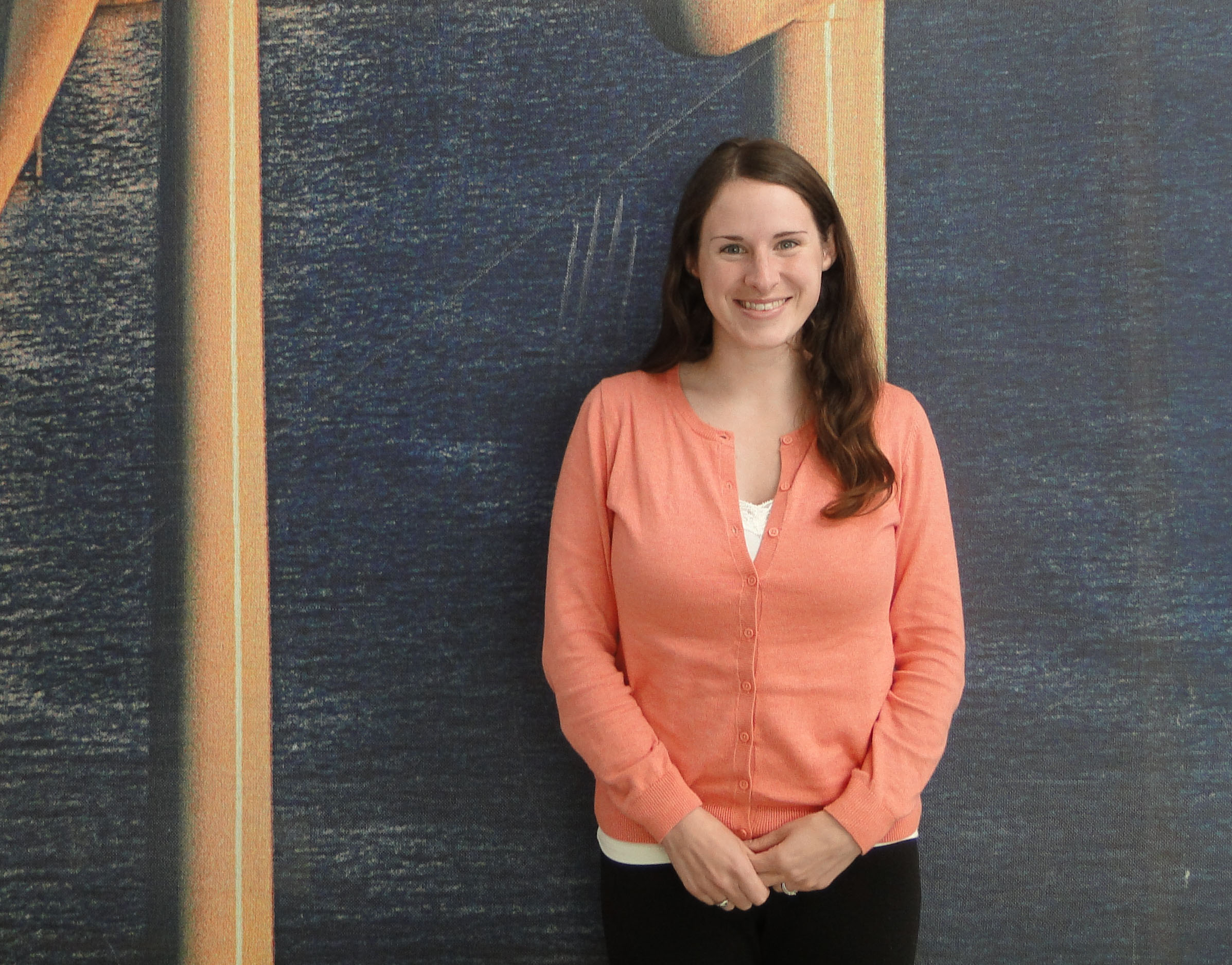
When Jennifer Morris came to MIT for her masters in the Technology and Policy Program (TPP), she never intended to stay on to complete a doctorate. Six years and two degrees later, Morris doesn’t plan to leave any time soon.
“I was originally drawn to TPP because of the interdisciplinary approach to solving energy and technology challenges. I learned how to understand, analyze and assess complex public policy problems and then evaluate and create solutions,” says Morris. “Once I was here, I fell in love with MIT and the work I was doing and haven’t wanted to leave since.”
Morris began her new role as a research scientist at the Joint Program in Fall 2013.
A self-proclaimed “nature lover” and public policy buff, Morris put her two passions to work as a masters student at MIT studying the impact of energy systems on the environment. Working with John Reilly, co-director of the Joint Program, and Sergey Paltsev, the assistant director for economic research, Morris studied the impacts of combining a cap-and-trade policy with a renewable portfolio standard.
“At the time, a number of climate proposals were being considered by Congress. Through the Joint Program, I had the opportunity to produce some analysis of the bills,” Morris says. “It was exciting to see our work actually being used by legislators to help make decisions.”
When Morris finished her master’s program, she felt there was still a lot she wanted to learn, so she decided to stay on to complete a PhD in MIT’s engineering systems division.
“The research I conducted for my master’s provided great insights on how policies effect and impact each other,” Morris says. “But there was one area that stuck out as something that could be improved upon—the representation of uncertainty in our models.”
Specifically, Morris wanted to help policymakers, utilities and energy companies make near-term decisions about the electricity mix while taking into account uncertainty about the future.
“I wanted to know what should we be building in the next 10 to 15 years, given that we don’t know what future policy will be and how much different technologies will cost,” she says.
To tackle these two major uncertainties—future policies and future technology costs—Morris built a model and used a two-step process to help decision makers. First, she ran the model based on current information of energy policies, technologies and costs. She then ran the model under a series of possible future scenarios, each assigned a probability. After determining the optimal future scenario, she worked backwards to analyze what current electricity investments placed the decision maker in the best possible position to achieve the optimal future outcome.
Morris found that when uncertainty is taken into account in the decision making process, the optimal near-term electricity investment decisions are distinctly different from research that does not include this kind of uncertainty. Because the electricity plants and technologies that are built today will be in place for many years to come, identifying near-term decisions that hedge against future uncertainties allows investors to better plan for the future and minimize energy and policy costs.
“The actions that occur today affect the probabilities of how things will unfold in the future,” says Morris. “The more information about future policies and costs we incorporate into our decision making, the better utilities and companies can hedge their bets in the face of uncertainty.”
During her time with the Joint Program, Morris learned how to develop solutions and tackle important policy questions from an interdisciplinary approach—something she looks forward to continuing in her new position.
“At the Joint Program, economists and scientists learn to speak each other’s language and work together,” says Morris. “It’s a unique group, even within an institute like MIT.”

